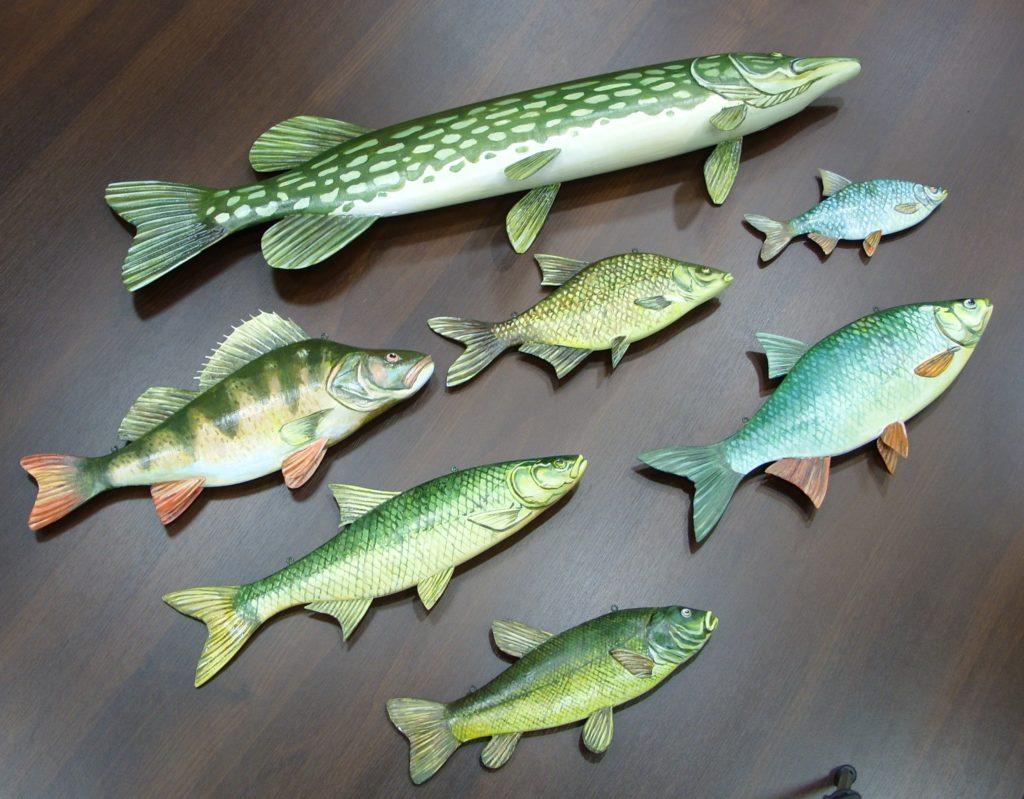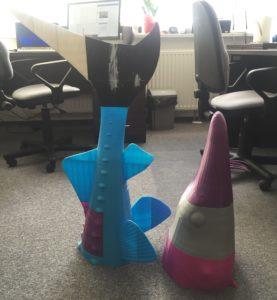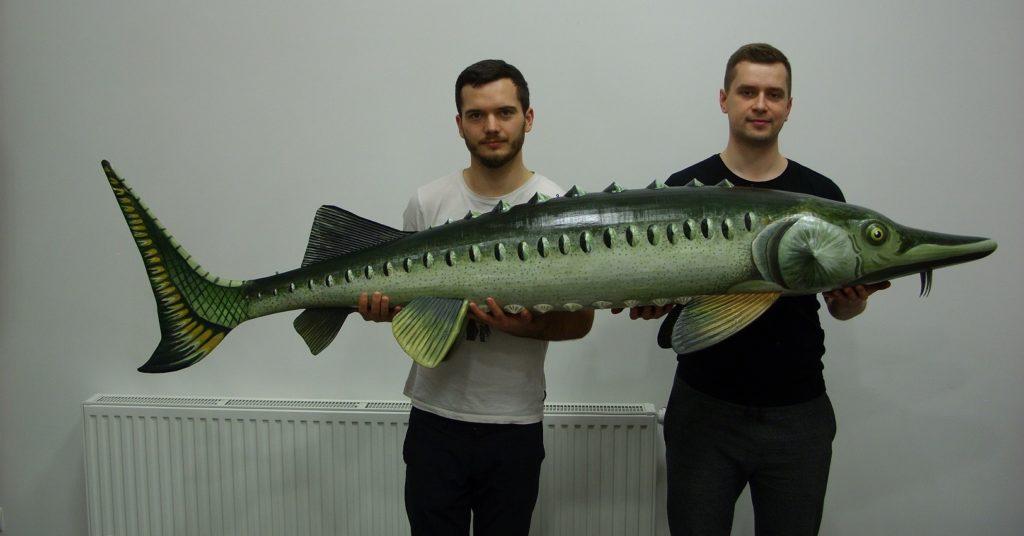 It may be physically small, but the island of Ostrów Lednicki occupies a huge place in the history of Poland. Located in the southern portion of Lake Lednica, the island is thought to have been home to none other than the Piasts, the first dynasty to rule Poland. The Muzeum Pierwszych Piastów na Lednicy (Museum of the First Piasts at Lednica) is devoted to the historical study of these rulers, their subjects and the island on which they lived.
It may be physically small, but the island of Ostrów Lednicki occupies a huge place in the history of Poland. Located in the southern portion of Lake Lednica, the island is thought to have been home to none other than the Piasts, the first dynasty to rule Poland. The Muzeum Pierwszych Piastów na Lednicy (Museum of the First Piasts at Lednica) is devoted to the historical study of these rulers, their subjects and the island on which they lived.
In my opinion, the most interesting historical studies are those that focus on the mundane. How did a group of people live in their day to day lives? What did they eat, how did they shelter, what were their families like? For many museums and historical societies, these prosaic details are the heart of their research, and the Museum of the First Piasts is no exception – as evidenced in a current exhibition entitled “From the Depths of the Waters: Fishing Ostrów Lednicki in the Early Middle Ages.”
Like so many others of their era, the medieval inhabitants of Ostrów Lednicki were heavily reliant on fish for survival – particularly because they were an island civilization. For years, archaeologists have been studying the island and its surrounding waters to learn more about these early fisherman, and have accumulated evidence in the form of tools and fish bones that point to a fishing-heavy society whose technology hasn’t actually changed all that much across the centuries. According to the museum, tools used for fishing back in the Middle Ages are pretty similar to those used today, differing only in the materials from which they’re made, and several of those ancient excavated tools and bones are on display as part of the exhibit.
 What can’t be displayed, obviously, are the fish themselves, but the museum was able to find a very good substitute in the form of 3D printed models that represent the wide variety of species that made up the diet of the island’s inhabitants. An analysis of the fish bones found several different species including western sturgeon, bream, chub, ide, asp, roach, tench, catfish, pike, perch, and pike-perch, most of which were likely caught in Lake Lednica itself, though a few species like sturgeon and trout were probably found in the mainland Warta, Noteć and Vistula Rivers. (Those river species, according to the museum, were “brought in and given to the prince’s table.”)
What can’t be displayed, obviously, are the fish themselves, but the museum was able to find a very good substitute in the form of 3D printed models that represent the wide variety of species that made up the diet of the island’s inhabitants. An analysis of the fish bones found several different species including western sturgeon, bream, chub, ide, asp, roach, tench, catfish, pike, perch, and pike-perch, most of which were likely caught in Lake Lednica itself, though a few species like sturgeon and trout were probably found in the mainland Warta, Noteć and Vistula Rivers. (Those river species, according to the museum, were “brought in and given to the prince’s table.”)
 To physically represent the fishes the islanders relied on, the Museum of the First Piasts turned to Polish 3D printing bureau trójwymiarowi.pl, who printed nine of the fish species (asp, ide, sturgeon, bream, tench, perch, roach, catfish, and pike) for the exhibit. In an exhaustive project that required approximately 240 hours of printing, the team created the fish with a combination of several printers, including an HBOT, an Ultimaker 2, a MakerBot Replicator 2X, and a Flashforge Dreamer.
To physically represent the fishes the islanders relied on, the Museum of the First Piasts turned to Polish 3D printing bureau trójwymiarowi.pl, who printed nine of the fish species (asp, ide, sturgeon, bream, tench, perch, roach, catfish, and pike) for the exhibit. In an exhaustive project that required approximately 240 hours of printing, the team created the fish with a combination of several printers, including an HBOT, an Ultimaker 2, a MakerBot Replicator 2X, and a Flashforge Dreamer.
“The problems we encountered were mostly connected with the size of models,” says Mateusz Stefańczuk of trójwymiarowi.pl. “The largest of the fish was 2.10 m for that we had to be divide it into about 15 parts. The division was related to the fact that during the subsequent bonding models, not all edges perfectly came down and we had to wipe the fish with the sandpaper and than putty.”
The fish were printed with PLA from Polish filament manufacturer Devil Design, and once the team finished post-processing the models they turned to artist Honorata Wincenciak from local studio Artmur. Wincenciak painted the fish in gorgeous, realistic detail, gifting the museum with models that look as though they could have been pulled directly from the waters around Ostrów Lednicki. Fit for a prince’s table? Certainly – and they’re a beautiful contribution to an exhibit attempting to bring modern viewers – just for a moment – into the daily lives of those who existed centuries ago. Discuss this amazing undertaking over in the 3D Printed Fish forum at 3DPB.com.
Subscribe to Our Email Newsletter
Stay up-to-date on all the latest news from the 3D printing industry and receive information and offers from third party vendors.
Print Services
Upload your 3D Models and get them printed quickly and efficiently.
You May Also Like
3D Printing News Briefs, July 2, 2025: Copper Alloys, Defense Manufacturing, & More
We’re starting off with metals in today’s 3D Printing News Briefs, as Farsoon has unveiled a large-scale AM solution for copper alloys, and Meltio used its wire-laser metal solution to...
BCN3D Files for Bankruptcy Despite Recent Milestones—But Rescue Deal May Be Underway
For the latest updates (as of June 2, 2025), see the end of this article. Spanish 3D printer manufacturer BCN3D has filed for voluntary bankruptcy, according to Crónica Global. Based...
Nikon SLM Solutions Partners with ATI and Bechtel Plant Machinery on 3D Printed Hypersonics
One of the world’s most demanding technical challenges is the creation of maneuverable hypersonic vehicles. The country that does so well will command the ultimate high ground. They will essentially...
HAMR Industries Gets a FormAlloy X5R at Neighborhood 91
The Neighborhood 91 (N91) cluster of additive manufacturing firms in Pennsylvania has acquired a FormAlloy robot arm X5R Directed Energy Deposition (DED) system; specifically HAMR Industries. The X5R can work...


































